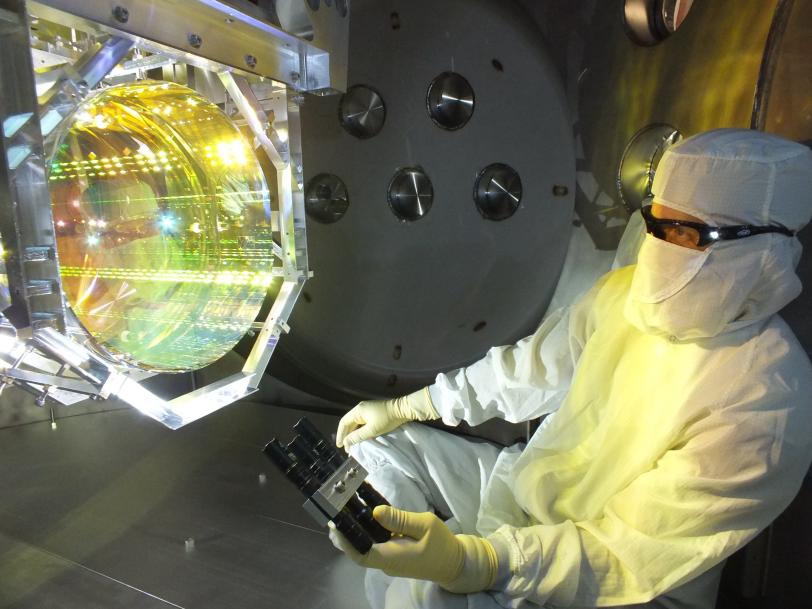July 19, 2016
Stanford, SLAC X-ray Studies Could Help Make LIGO Gravitational Wave Detector 10 Times More Sensitive
The Goal is to Develop High-tech Coatings that Make Detector’s Mirrors Less ‘Noisy’

Dig Deeper
The Goal is to Develop High-tech Coatings that Make Detector’s Mirrors Less ‘Noisy’
